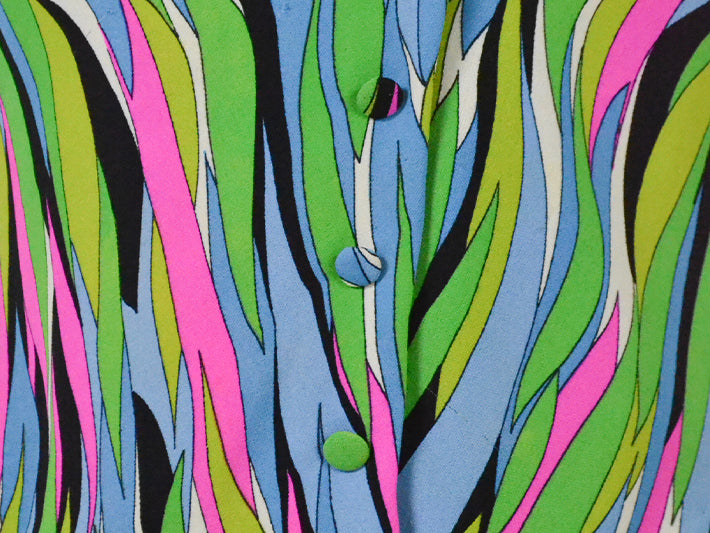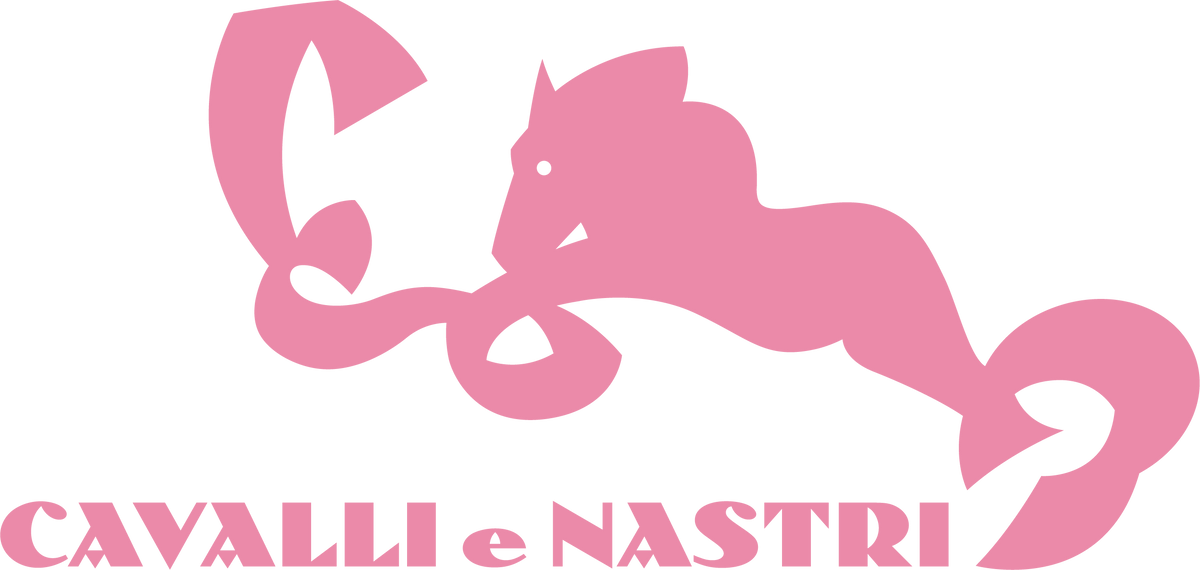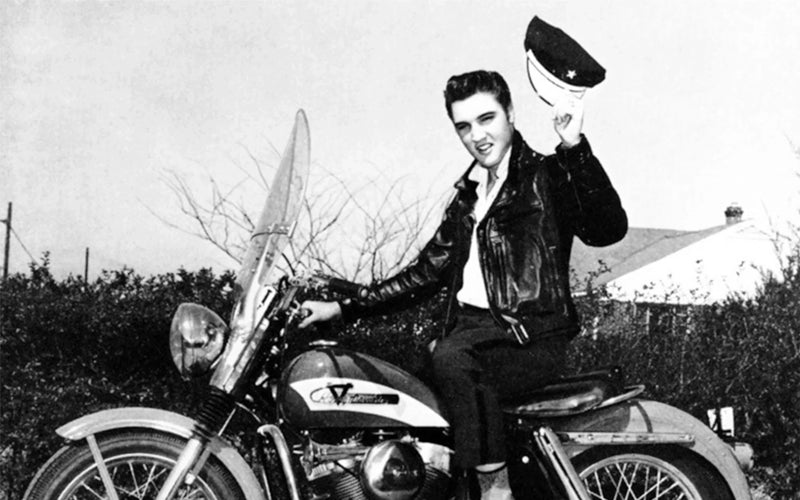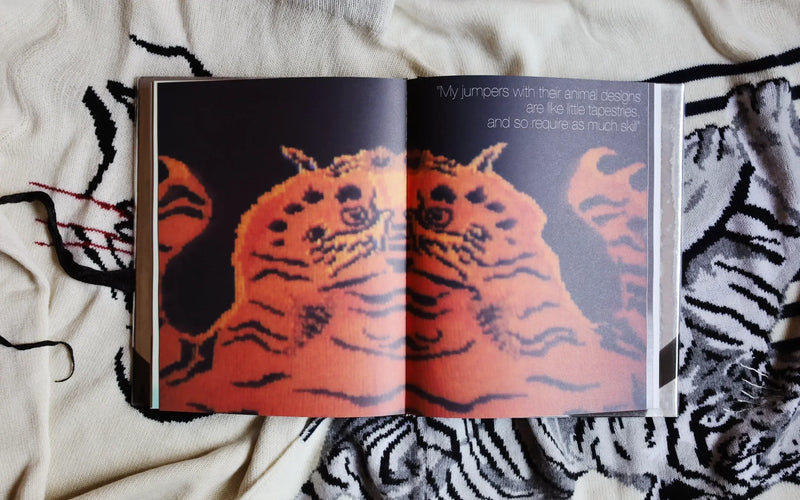
The spring summer 2022 fashion shows marked, if there were still doubts, the return of the miniskirt. Both emerging designers such as Marco Rambaldi, Supriya Lele and Nensi Dojaka, as well as more established brands such as Gucci and Prada, seem to agree that it's time to decimate lengths. The symbolic outfit of this revival is that of Miu Miu, styled by Lotta Volkova, which somewhat evokes the Lolita style of the first Britney Spears (Baby One More Time, 1999); that skirt that is more micro than mini, and that cropped sweater have quickly gone around the world, with stylists competing to get them and celebrities competing to see who wears them best. In the language of fashion, the mini skirt represents confidence and optimism, things that, of course, we all need a lot of right now. In this specific case however, it could have more to do with nostalgia for the "good old days", pre-pandemic, pre-war, pre-climate emergency; in other words, the lightness of the 2000s, which currently dictates all the trends not only in the fashion field but also in the lifestyle field. The "mother" of the miniskirt is Mary Quant, born Barbara Mary, fashion pioneer and icon of Swinging London. Born in the London suburb of Blackheat in 1934, her origins are those of a quiet middle class family. Mary's nonconformist attitude manifests itself in her adolescence, when the future designer leaves the nest to fly to London. Here she meets and marries Alexander Plunket Green, an equally bohemian young man of noble descent. Thanks to the assets inherited from him, around the mid-1960s Mary Quant managed to open Bazaar, her first boutique on the Kings Road, in the Chelsea district. At first the shop triggers a sense of hilarity among Londoners, especially due to the folkloristic group of young people who frequent it. As the months pass, however, the shop windows designed to capture the attention of the new generations begin to attract people from the world of cinema, theater and art. In the same period the miniskirt, or mini-skirt, was also born, a name that takes inspiration from the car of the same name which was very popular in that period. Since Bazaar's customers can no longer see themselves wearing long dresses that hinder their movements and do not reflect their lifestyle, Mary comes up with the idea of proposing something shorter, and therefore more practical, perhaps limiting herself only to to initially understand the revolutionary power that this garment would have. As the designer herself later said, “It was the street that invented the miniskirt.”


In the 1960s, London catalyzed the desire for change felt by the new generations. Music, style, art and fashion become an expression of rupture and rebellion. In this context, the short skirt becomes a way to "give a break", with previous generations and with an old and conformist country. In this context, the success of Mary Quant can only be unstoppable: a shop in Brompton Road is added to the Baazar, while the foundations are laid for the foundation of the Ginger Group, which makes it possible to export the miniskirt revolution to the United States too. The undisputed ambassador of the short skirt in the world is the model Twiggy, whose wiry, adolescent body represents the fracture between young avant-garde women and the bourgeois idea of a curvy woman (and mother). The subsequent popularity of the miniskirt is also due to the media which facilitated its rise not only in everyday clothing but also in elite fashion. In the same years, the French high fashion designer André Courrèges introduced his famous short dresses with A-line lines. In the 1970s the miniskirt became the object of criticism by the feminist movement itself. In fact, it goes from a symbol of freedom and emancipation to being considered a garment linked to the idea of "woman as an object".
Second wave feminists, tired of feeling the eyes of their male comrades on them, prefer neutral garments, maxi dresses, and long skirts in ethnic style. However, despite the criticism, the success of this garment shows no sign of waning; in fact we see it again in the 80s in the "rah rah skirt" version, a more opaque and less tight-fitting skirt compared to the first years of its birth. In the 90s, however, miniskirts returned to their origins: very short and tight. Thanks (also) to the style of the Riot grrrls, of rock stars such as Courtney Love and Debbie Harry and the third wave feminism that claims the right of women to an expression, even a dramatic one, of their sexuality, there are many fashion houses that propose them again in a tailored version, including Yves Saint Laurent, Karl Lagerfeld and Gianni Versace. The return of the miniskirt to the catwalk today has sparked debates: on the one hand those who celebrate the return of sexy after years of androgenic minimalism, on the other those who believe that showing an excessive amount of skin today is a choice that has nothing to do with fashion. What is certain is that the cultural shift towards inclusiveness and body positivity implies that the miniskirt is no longer the exclusive prerogative of young and slim women: it is no longer written anywhere that you need to have legs to wear it of a baby giraffe, indeed, the game is in adapting the various models to your own style, celebrating the body in all its forms as something beautiful.





